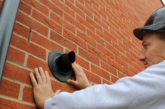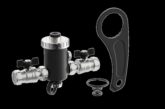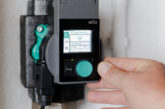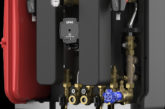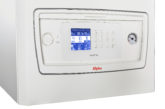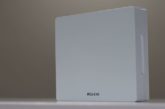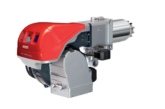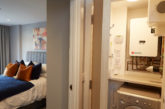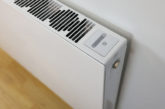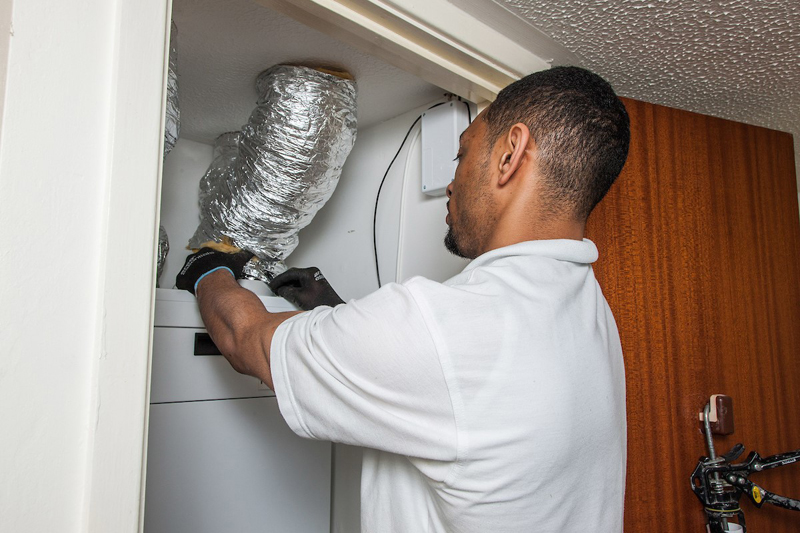
With a growing awareness of the dangers of poor indoor air quality, effective ventilation has become a key component of the energy and sustainability agenda and Mechanical Ventilation with Heat Recovery (MVHR) systems are an increasingly popular solution for new build and refurbished properties.
Lee Stones, Senior Product Marketing Manager at Glen Dimplex Heating & Ventilation, tells you all you need to know.
What is an MVHR system?
Mechanical Ventilation with Heat Recovery (MVHR) systems are ideal for buildings where insulation levels are high, such as new build and newly-refurbished homes. This is particularly important in areas of the home where excess moisture can build up, such as the bathroom, where mould, mildew and damp can form very quickly. Available as a centralised heat exchange system, the proven technology extracts moist, stale air from inside the property and replaces it with fresh, incoming air.
Crucially, it uses heat from the outgoing air to warm the incoming air, with high efficiency systems able to warm air up to more than 90% of the internal air temperature.
How does it work?
Correct specification is key. Heat recovery is a system comprising two components – the heat exchange unit and the ducting. The design and quality of both is equally important in achieving maximum performance.
Because the heat exchange unit is often installed in an isolated space, it’s important to ensure the device is correctly connected to the spaces within the building requiring ventilation – essentially the kitchen and bathrooms. Since the role of the system is to remove stale air and replace it with fresh air, the suitability of the ducting that travels in and out of the unit is vital.
Appropriate specification of the MVHR unit and the ducting to operate alongside it requires an overall design view, in the context of the property it is destined for, to ensure the correct heat exchange unit and optimum ducting is selected.
If you specify a certain duct run, the MVHR unit needs to be able to be operate effectively alongside it. If excessively long ducting is used or the duct has too many bends or a completely inappropriate type of duct is fitted – flexi ducting, for instance – then an MVHR unit will not be able to perform correctly. Ensuring that the main areas requiring ventilation are highlighted ahead of the installation is essential to guaranteeing that the system can be fitted with the correct duct run.
This is why our dedicated in-house Xpelair System Design Service team work with clients, reviewing their building design and ventilation requirements to help them get this right.
What are the main benefits of an MVHR system?
Part F of the Building Regulations states that there are four categories of ventilation product that an installer can choose from: Intermittent extract fans and background ventilators, passive stack ventilation, centralised or de-centralised mechanical extract, or Mechanical Ventilation with Heat Recovery (MVHR).
As a cost-effective, mechanical, balanced ventilation system, MVHR offers the benefit of providing ventilation that extracts air from a building, whilst also supplying fresh filtered air – addressing key health concerns commonly associated with high levels of insulation and poor ventilation.
To increase their effectiveness, the latest MVHR systems from leading manufacturers offer a host of features including ultra-fine filters, PIR sensor activity for enhanced efficiency, and cold-climate pre-heating.
Xpelair’s Natural Air 180 also uses adaptiflow technology to deliver a constant volume of extracted air, giving system designers and users assurance that the specified performance is being delivered.
How can installers maximise this opportunity?
Ventilation is not a one-size-fits-all approach and the one constant of a modern ventilation system – whether in a domestic or commercial setting – is the need to balance energy efficiency with management of indoor air quality. MVHR provides an opportunity for outstanding performance in this area when significant refurbishment or new building design is taking place.
Evolving Building Regulations and a greater focus on management of indoor air quality make this a fantastic opportunity for installers to add value and boost their income stream. It is now easier than ever to help your customer understand the benefits of investing in a ventilation system that will pay dividends for decades to come.


